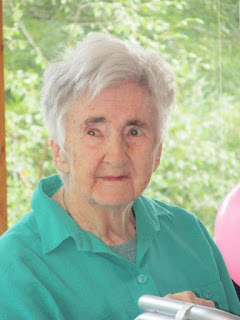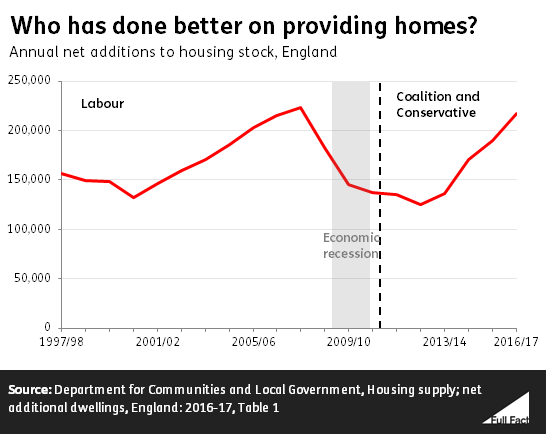 |
| Maureen Colquhoun, in August 2018, aged 90. |
My hubby and I had the pleasure of meeting Maureen, at a birthday party given for her 90th in August 2018 by comrades from South Lakes Labour, along with her partner of many years Babs Todd (publisher of the lesbian magazine Sappho).
 |
| Maureen (left), Babs (right) and Eli Aldridge (Labour candidate for Westmorland & Lonsdale at the 2017 General Election) at the party given for Maureen's 90th birthday. |
Maureen was an inspiration to many of us in the Labour Party, showing women that we didn't have to accept the status quo and that women have an equal right to be heard.
Maureen served as a councillor in Shoreham from 1971-1974, and was elected as the Labour MP for Northampton North from 1974-1979, when she was deselected by the constituency party due to her sexuality and her lesbian relationship with Babs becoming common knowledge. She later served on Hackney Borough Council (1982-1990), then on moving to Cumbria on the Lake District National Park Authority (1998-2006) and on the Lakes Parish Council until 2015.
She was a radical voice in Parliament, requesting of the Speaker that she be addressed as MS rather than Mrs in the House, and raising the fact that during a debate in the House of Commons in 1975 on the Sex Equalities Bill not a single woman had been called to speak during an hour of debate. She also challenged the male assumed language of the Bill, which referred to he throughout, asking why it could not be s/he.
To address the inequality that women faced she introduced a Private Members Bill (Balance of the Sexes Bill) aimed to enforce the equal representation of women in government positions and on public bodies. Although her Bill didn't pass into law, her work led to later changes in the law as more women, including Babs Todd, joined the campaign for equality of the sexes.
It wasn't until the 2001 amendment to the 1975 Sex Discrimination Act that it finally became lawful for political parties to allow all women shortlists when selecting candidates for election, whilst it took until January 2018 for Members of the Scottish Parliament to pass a bill similar to hers:
"The Gender Representation on Public Boards (Scotland) Bill set the objective for all public body boards to aim to have women comprise a minimum of 50 per cent of nonexecutive members by 2022. Contemporary efforts in England and Wales have not manifested in legislation and have instead relied on a voluntary approach to ensuring equal gender representation on public boards." [Source: The Labour Party, Feminism and Maureen Colquhoun's Scandals in 1970s Britain / Sarah Crook]
Maureen believed that women "should be the legislators as well as the makers of cups of tea", and all of us women activists owe her a huge thank you for her pioneering work.
You can read more about Maureen on the LSE website here:
Article on Labour List by Angela Eagle, M.P. (Wallasey):
New item from the BBC:
The Labour Party, Feminism and Maureen Colquhoun's Scandals in 1970s Britain / Sarah Crook
or in Maureen's autobiography A Woman in the House.



